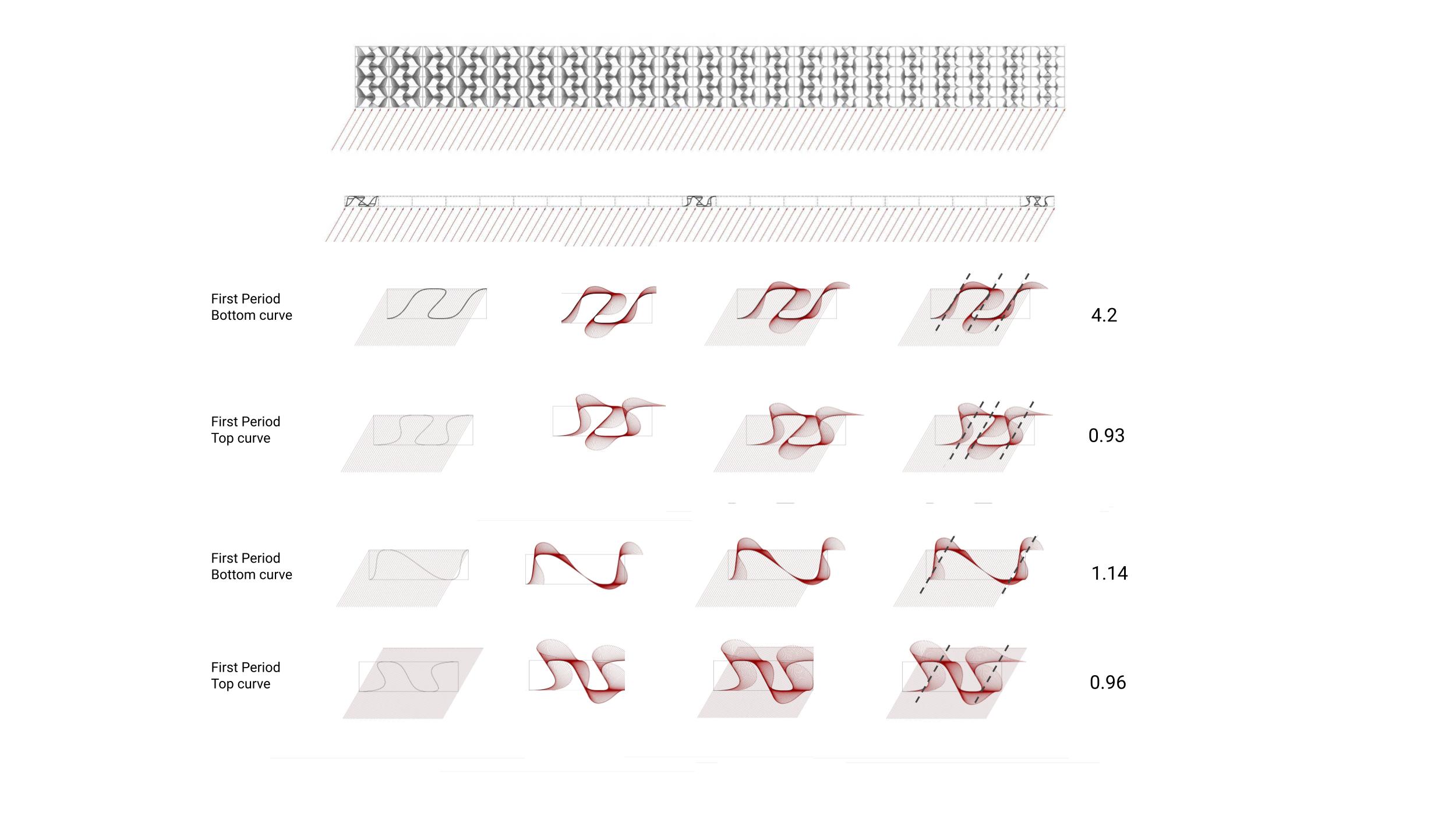Techne 5 focuses on the design of a 3D-printed wall. Taking advantage of our computational tools, we will work with selected performance criteria to imagine and model a wall solution that could only be made with technology and material. Our testing domain is a wall of 7 metres in length and 2.5 metres in height, and we will be using the 3dPA iterative strategy by creating catalogues of options until eventually conclude on one intelligent solution.
This week is the occasion to begin to address the question of climatic performance. Each group will focus on one performance and design a wall that manipulates it. Without diving into the complex simulation (which will rather happen in the research phase), we will use vectors to represent and quantify environmental forces. And then use these vectors to generate wall solutions. Over the years, 3dPA has developed a design methodology that we call performative design, which implies
that before drawing or modelling the wall, we draw or model its performance, then derive the wall geometry from there.
For a wall that needs to let light through in the summer afternoons, we will first model these
directions from the sun path diagram, then model them as empty channels and eventually use the boundaries of these channels as some of the surfaces of the wall.
This exercise requires the use of more advanced computation. We will use Grasshopper to
parametrise the geometry of a wall to create local deformation and differentiation based on the generative vectors or attractor points.
This workshop is the continuation of Techne 4: we’ll use the concluding infill designs and test their characteristics on a larger scale of the wall. The same digital modelling and analytical tools will help us to model larger wall sections. As seen during the previous week, we will dedicate special efforts to the precision of the 3D models, considering geometric notions such as continuity and tangency alignments.





